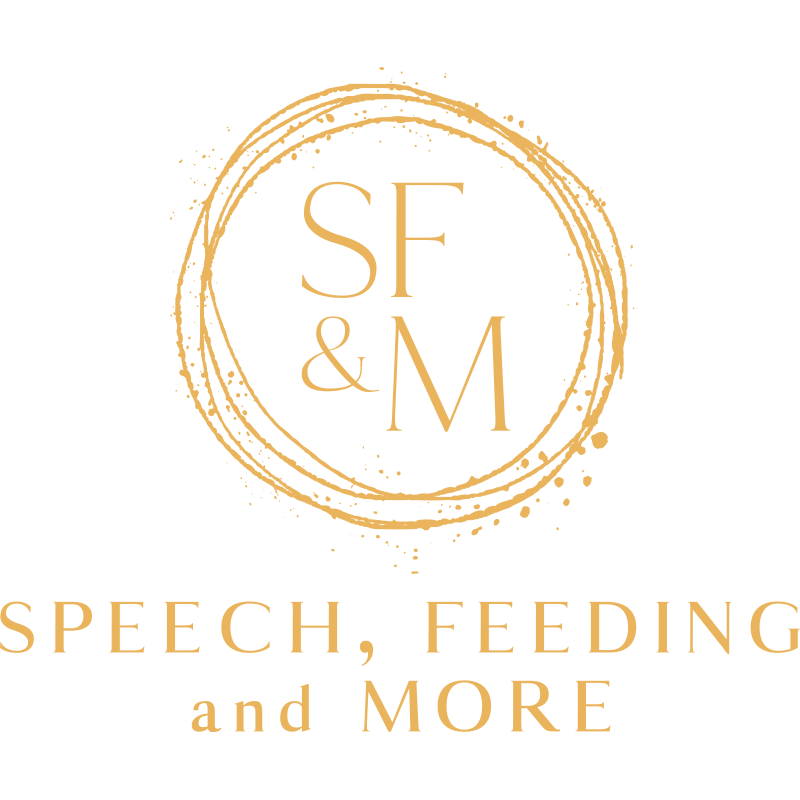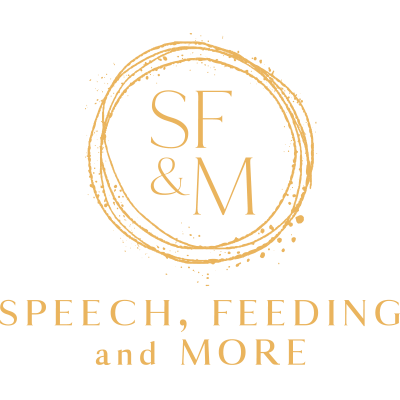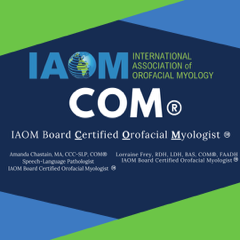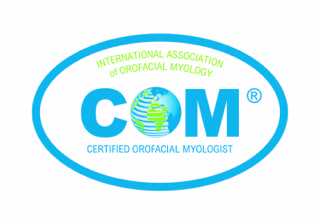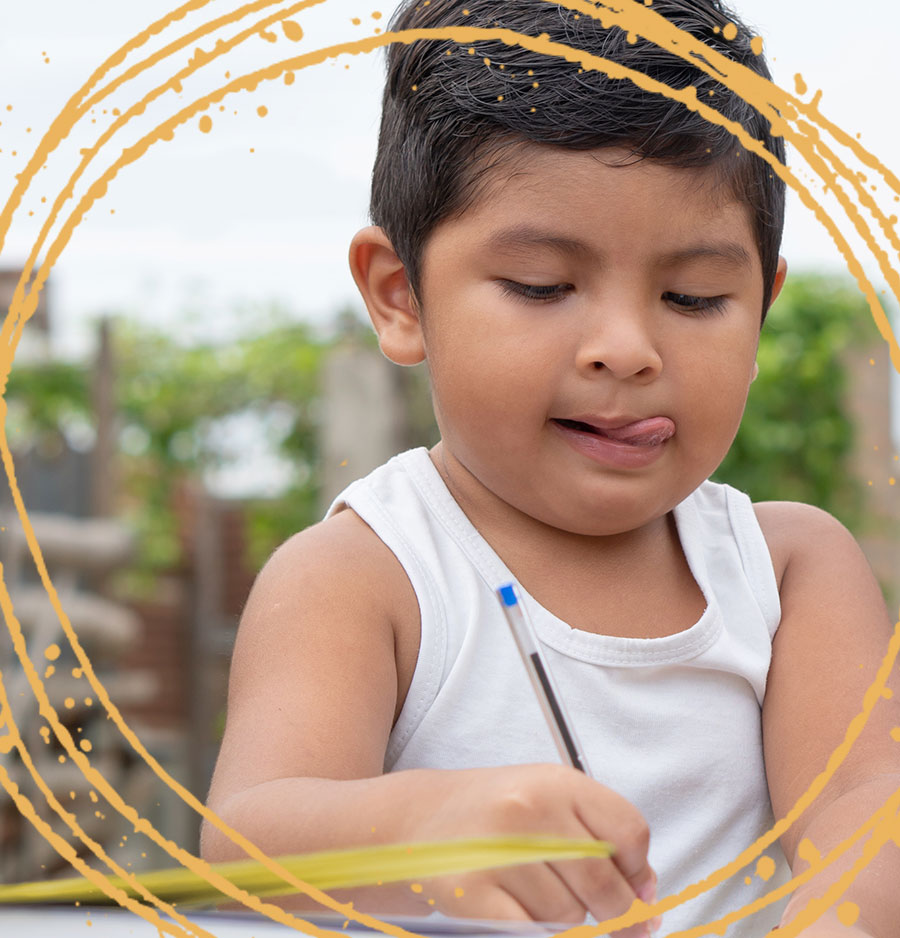
The Body Balances Stability and Movement
Every movement we make is a whole body movement in some way. Our feet are the foundation upon which we move our body. They are our grounding point, our stability. Mobility and stability engage in a great dance for the movements we make. Some place in our body has to be stabile so that we can get another place to move. The body is the basis of stability for the fine motor movements of the lips, tongue, face and neck. The lip and tongue muscles make very precise movements very quickly for speech, eating and swallowing. The minutest change in muscle strength, speed or position is the difference between two sounds or swallowing and gagging. We need to center and balance our bodies to allow for oral motor muscles to work optimally. Orofacialmyology exercises and techniques in therapy activate and strengthen muscle movement, coordination and precision. It is very important to have a rich tool box of body techniques and an array of speech-language techniques that complement each other. Craniosacral therapy and Unwinding the Meridians work facilitate therapy progress.
Infant
Congratulations on your NEW baby! Their anatomy is NEW. Their nervous system is NEW. And learning how to make both of your bodies work together for nursing is NEW for both of you. Nursing difficulties can snowball quickly with frustration, pain and hunger. Common difficulties include:
- can’t latch; poor latch; coming off breast frequently
- gagging; coughing; leaking milk while sucking
- sore, bleeding nipples; nipple pain; mastitis
- falling asleep while feeding
- baby tense and distressed while eating
- baby won’t wake up or calm to eat
- tongue, lip and or buccal tie
- difficulty with suck, swallow, breathe rhythm
- poor weight gain
- head tilt; shape of their head
- excessive crying; difficult to comfort
Child
These are the years where there is significant dental and craniofacial growth, speech articulation develops and ensures a child’s communicative success and self-esteem. Breathing and sleep correlate to behavior and academic success. Every child is an individual with their own individualized needs, anatomy, and movements. The most common concerns for therapy are:
- not talking enough
- pacifier or thumb in their mouth; sippy cup
- open mouth posture with persistent drooling
- tongue out of their mouth or between their teeth
- lip licking
- picky eaters
- difficult to understand speech; omissions, substitutions, distortions
- mouth breathing
- snoring
- sleep issues
- recessed chin
- poor attention, eye contact for communication
- tongue thrust
- orthodontic issues
Adults
When there is a disruption in the normal way our facial and oropharyngeal muscles work, then our body compensates. We begin to use atypical patterns. These compensations called “myofunctional disorders”. These disruptions can be, genetic, trauma, surgical, poor dental habits, speech patterns, chewing and swallowing patterns, abnormal dental eruption, detrimental oral habits (Finger or nail biting, lip licking, lip biting, jaw shifting) or air way issues (allergies, asthma, tonsils, snoring etc). Our compensations begin to take a toll on our body and then we get wear and discomfort. Orofacialmyology is the neuro-retraining of the body to use the correct muscles of the body, specifically the face and mouth, for speech, eating, drinking and breathing instead of compensations, using neuro training of the body to use the correct muscles efficiently, specifically.
Types of Therapy
Use the links below to learn more about the types of therapy available.
